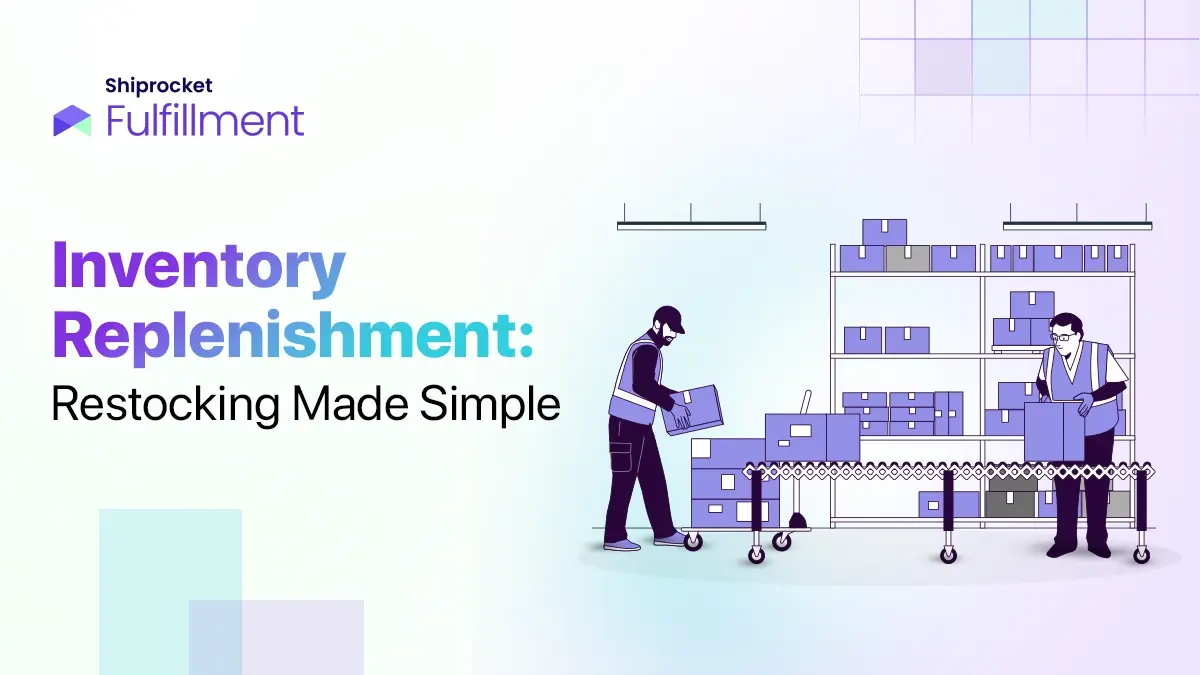
Inventory Replenishment: Definition & Significance
eCommerce has made shopping accessible and easy. Shoppers spend countless hours scouring the internet for the perfect purchase. However, when they...
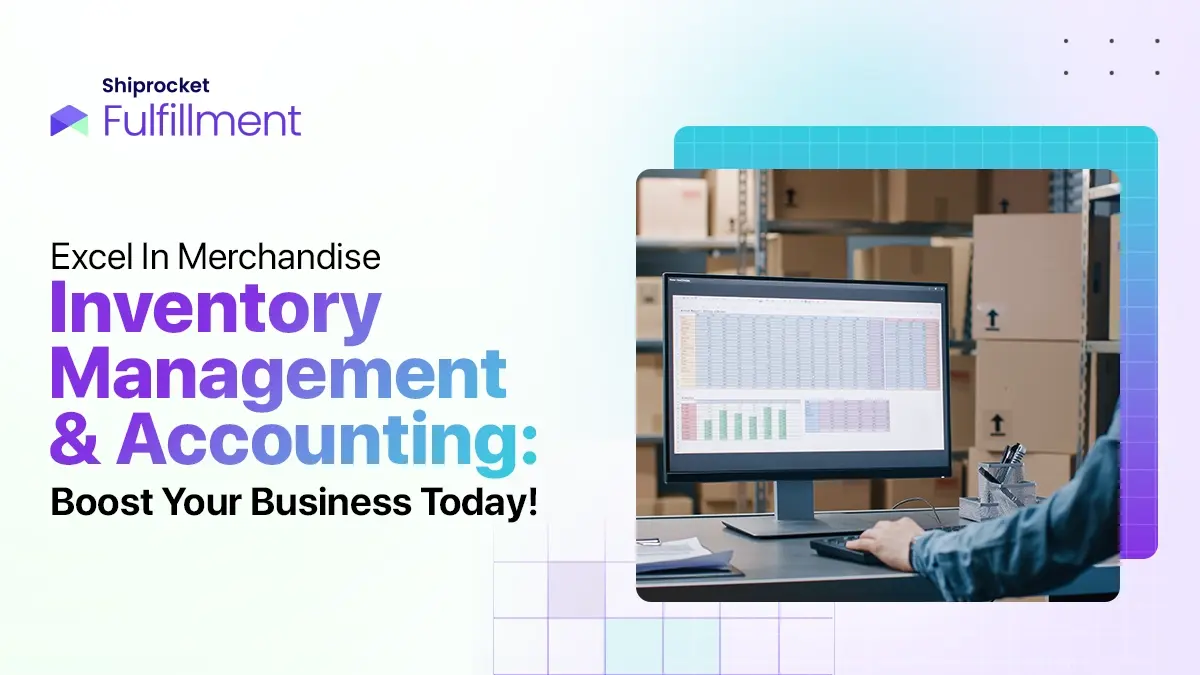
Merchandise Inventory Management: Key Insights for Success
Inventory is a valuable asset on the balance sheet of your business, regardless of its size. It is a crucial accounting...
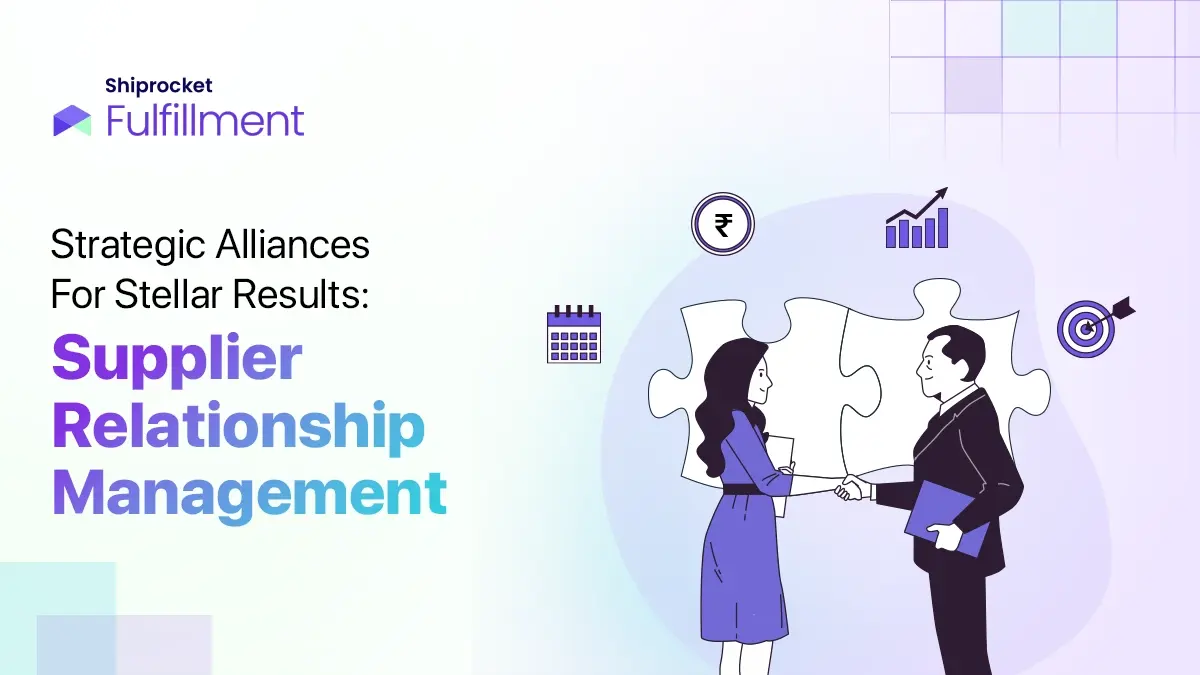
Strategic Supplier Relationship Management Benefits
A critical function that involves building a network with vendors and suppliers to ensure better planning of resources and their management...
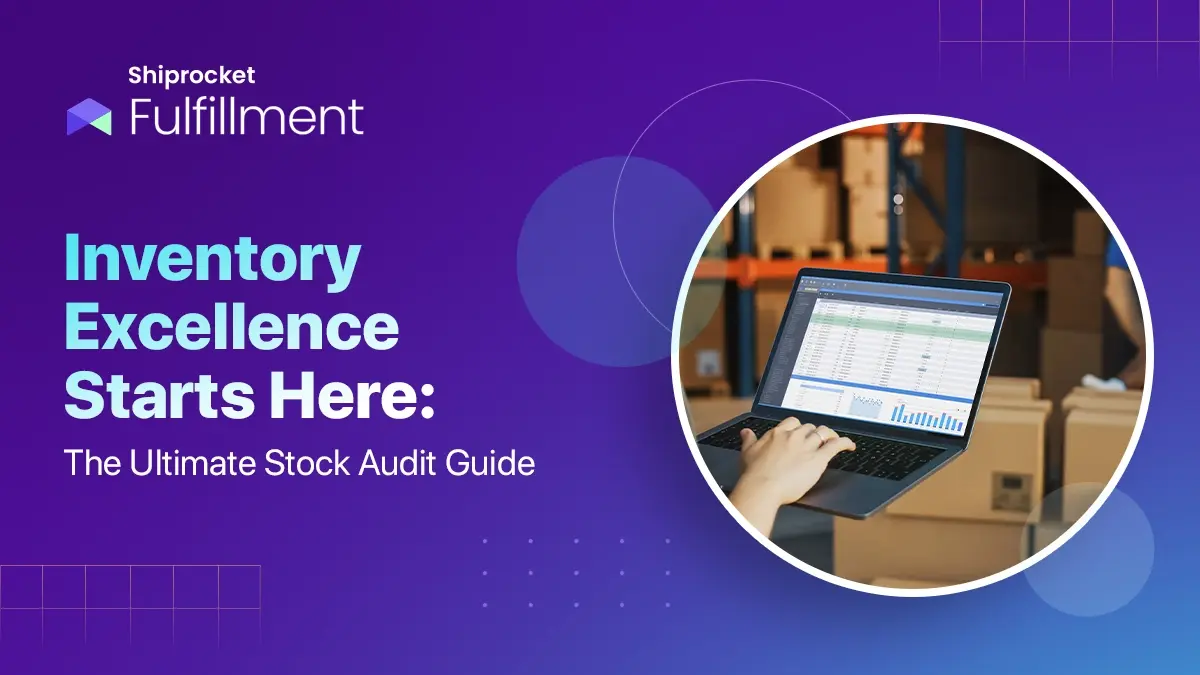
The Ultimate Stock Audit Guide for Mastering Your Inventory
Audits form a crucial part of the inventory management process for all businesses. It’s an extensive process that requires thorough planning...
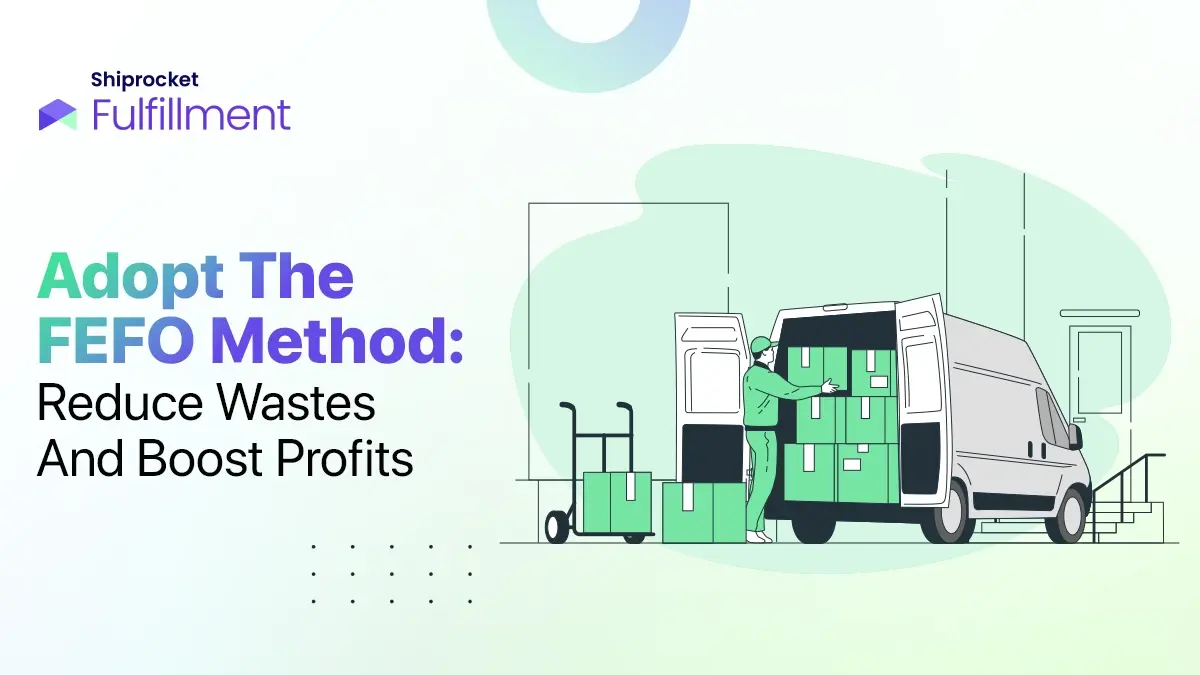
The FEFO Approach for Managing Expiry Dates in Inventory
There are several industries that deal with perishables. The food industry is the biggest example that deals with products with low...
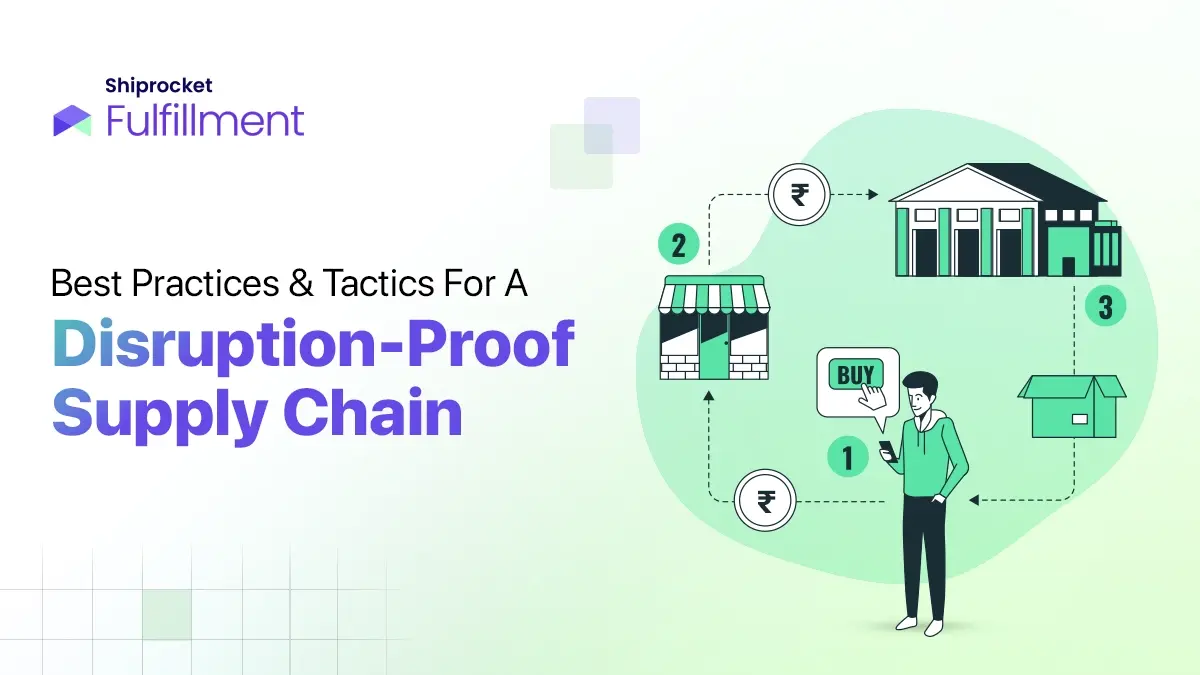
Managing Supply Chain Disruptions: Strategies and Best Practices
Supply chains are intricate networks made up of several people and corporations. There are a variety of things that can disrupt...
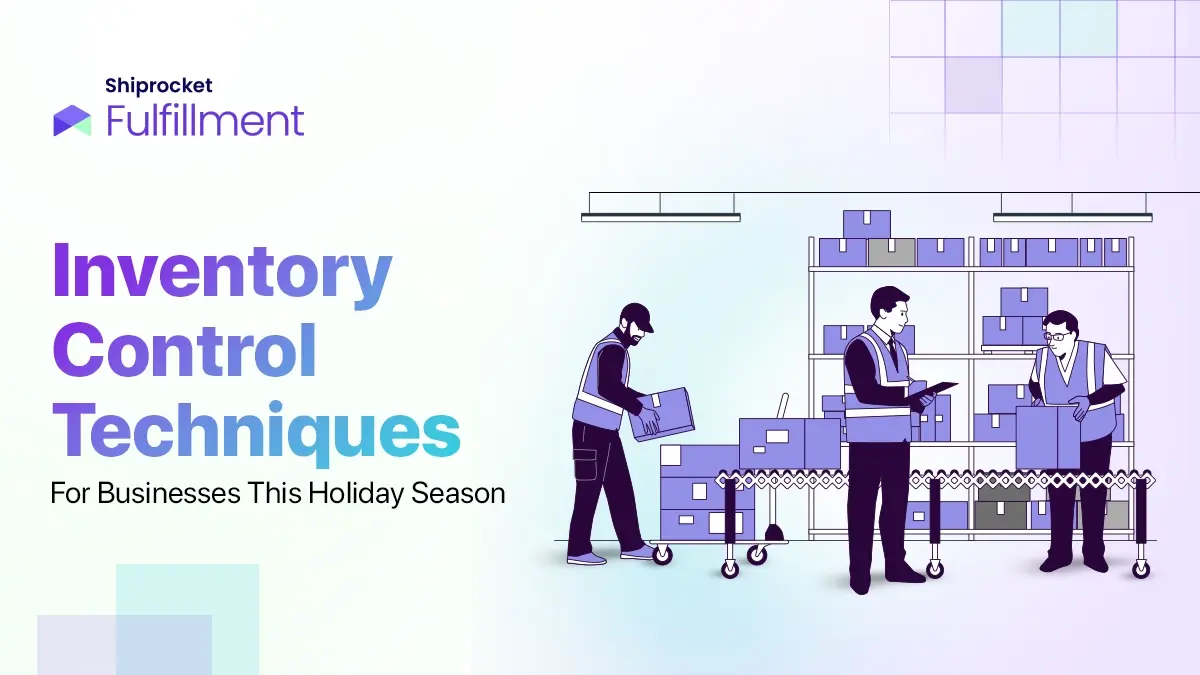
Mastering Inventory Control for Success in Holiday Sales and Retail Businesses
eCommerce players and retailers are gearing up to meet customer expectations with an exciting range of products for the holiday season....
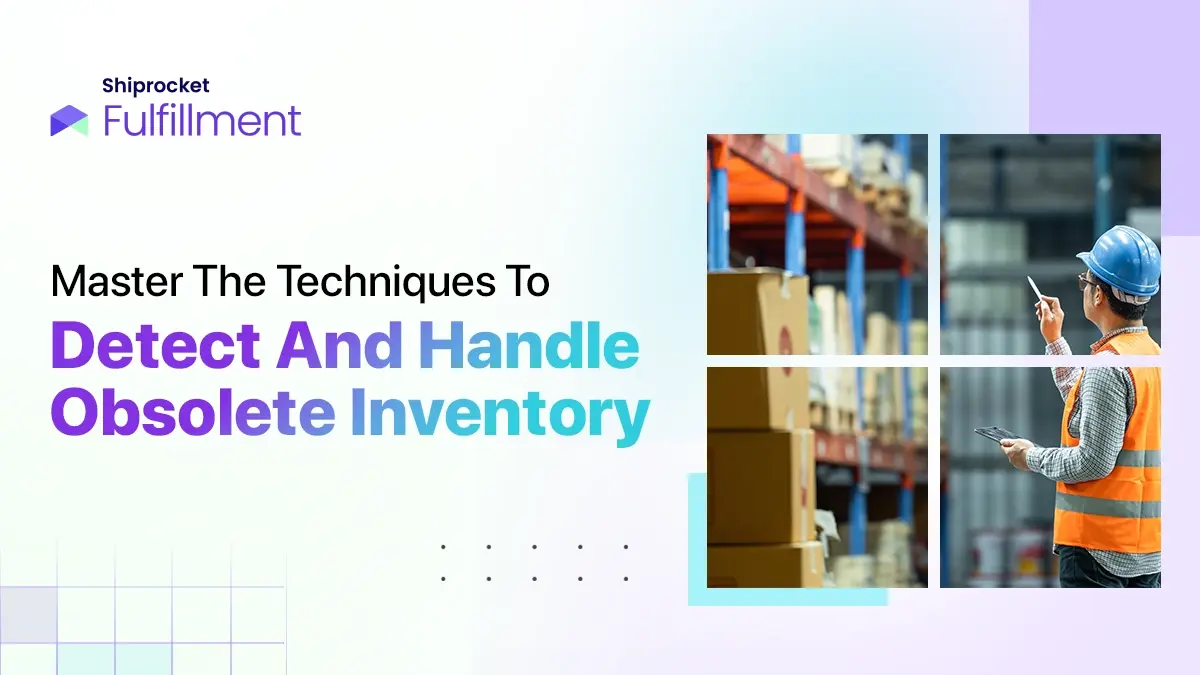
Obsolete Inventory: How to Spot, Handle, and Prevent It?
Introduction One problem that all businesses face, regardless of the company size, with inventory management is the piling up of obsolete...
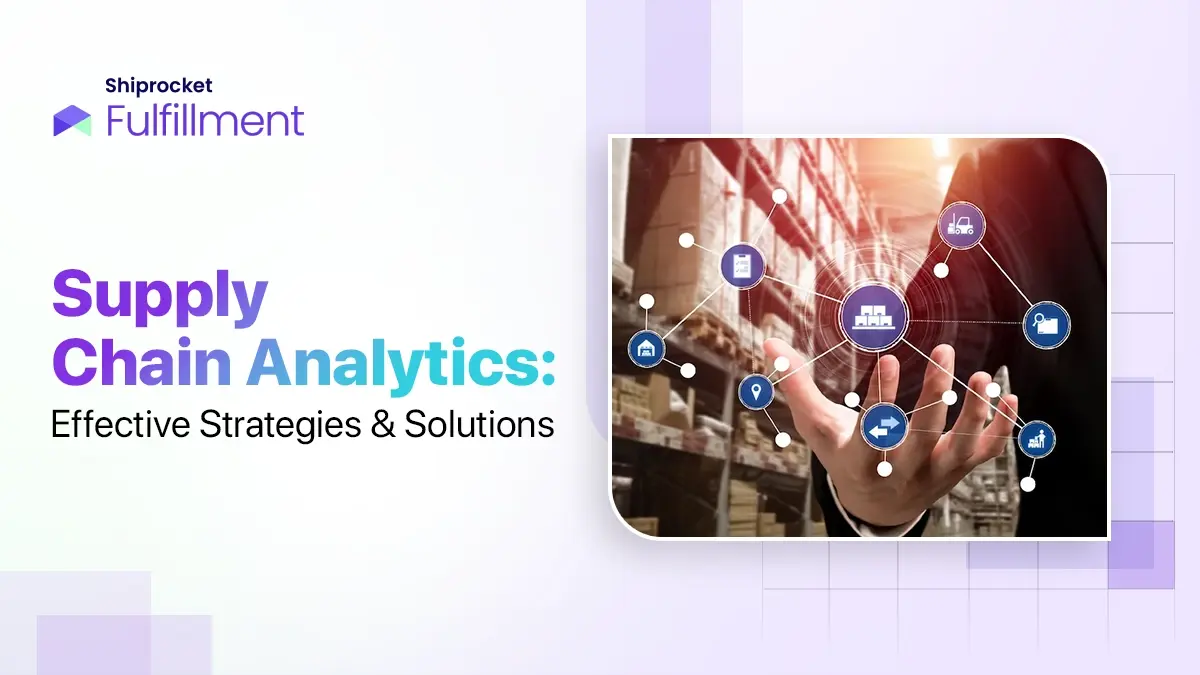
Strategies and Solutions: Your Roadmap to Supply Chain Analytics
Introduction The supply chain is essentially the backbone of every business. It allows businesses to easily transport items from suppliers to...
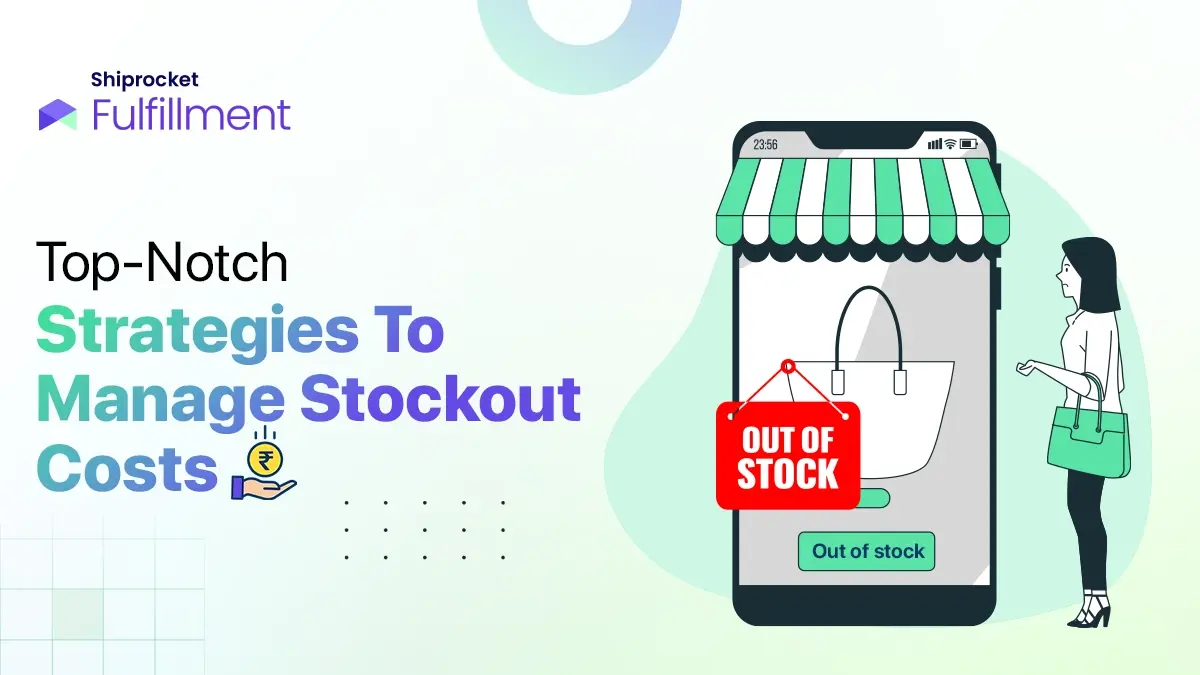
Managing Stockout Costs: Strategies for Success
Introduction Stockouts define the inability of a business to fulfill a customer’s order due to insufficient inventory. This ‘no stock’ problem...
Get a callback from our expert within minutes
Trusted by Brands






